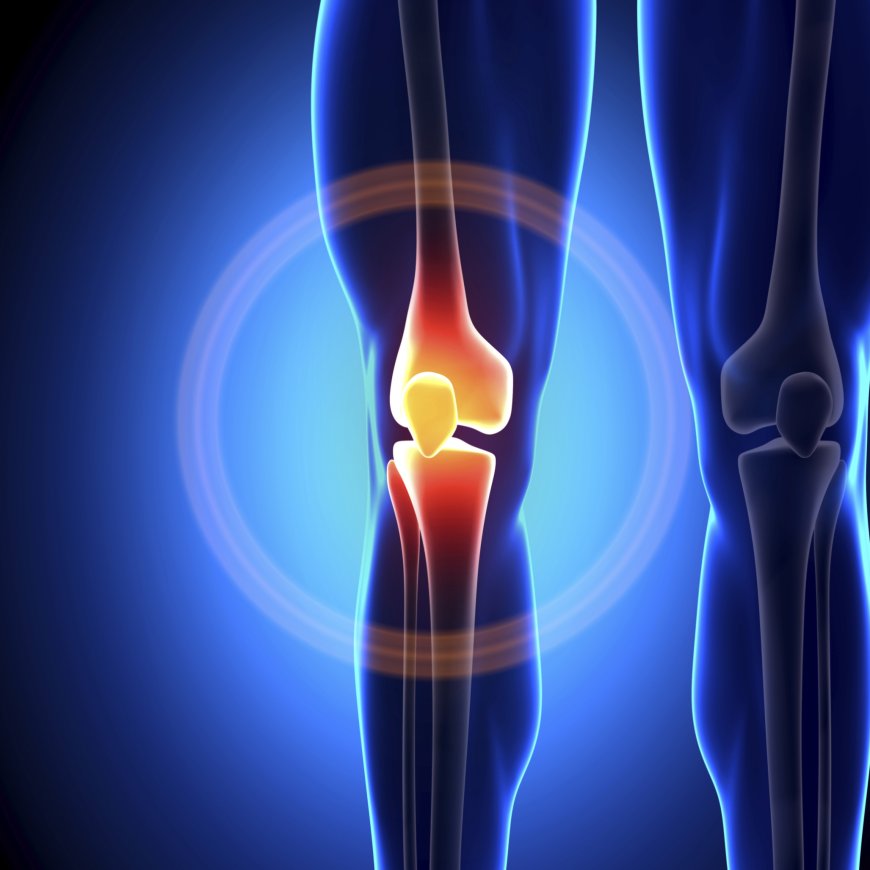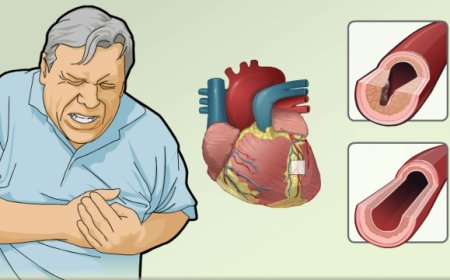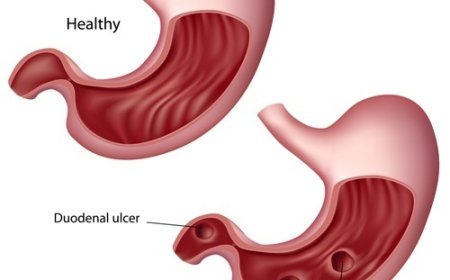Bursitis

Introduction:
Bursitis is a word that might sound a little strange, but it's a problem that can cause pain in the body, especially in places like our knees, shoulders, or elbows. In India, many people face this issue, but don't worry, we will learn all about it and how to take care of ourselves.
Signs and Symptoms:
When someone has bursitis, they might feel pain and tenderness in the affected area. Sometimes, it can become swollen and make it hard to move that body part. The pain might get worse when we use it a lot, like when running, playing, or even just picking up something heavy.
What Is Bursitis?:
To understand bursitis, we need to know about bursae. Bursae are tiny, fluid-filled sacs that act like cushions between our bones, tendons, and muscles. They help us move smoothly without feeling pain. But sometimes, when we overuse or hurt a part of our body, the bursae can get irritated and swollen, causing bursitis.
How Is Bursitis Classified?:
Bursitis can be classified based on the location of the problem. For example, if it happens in the knee, it's called "knee bursitis." If it's in the shoulder, it's called "shoulder bursitis." Different names for different places!
Causes and Triggers:
There are a few reasons why bursitis happens. Sometimes, it's because we do the same activity repeatedly, like playing a sport or typing on a computer for a long time. Accidents or injuries can also cause bursitis. Sometimes, certain diseases or infections can trigger it too.
Risk Factors with Examples:
Certain factors can increase the chances of getting bursitis. For example, if someone loves playing cricket a lot and practices for long hours without breaks, they may be at risk for knee bursitis. Similarly, if someone spends a lot of time painting or writing, they may be at risk for elbow bursitis.
Types of Bursitis with Detailing for Each Type:
-
Knee Bursitis: This type affects the knees, and people might feel pain and swelling around the kneecap area. It can make walking or bending the knee difficult.
-
Shoulder Bursitis: With this type, the bursae in the shoulder become inflamed, leading to pain and discomfort. It can make lifting the arm or reaching overhead painful.
-
Elbow Bursitis: Often known as "Tennis Elbow," this type causes pain and swelling around the outer part of the elbow. It can make activities like holding a cup or lifting things difficult.
Diagnostic Tests and What Each of Them is Used for:
To diagnose bursitis, the doctor might ask questions about the symptoms and examine the painful area. They might also use some tests, like:
-
X-rays: These help the doctor see the bones and check if there are any other problems causing the pain.
-
Ultrasound: This test uses sound waves to create images and check the soft tissues like bursae and tendons.
-
MRI (Magnetic Resonance Imaging): An MRI shows detailed pictures of the inside of our body and helps the doctor find the exact cause of the pain.
Treatments with Descriptions about Each of Them:
The good news is that bursitis can often get better with some simple treatments:
-
Rest: Taking a break from the activity that caused the problem can give the body time to heal.
-
Ice Packs: Applying ice packs to the painful area can reduce swelling and ease the pain.
-
Medication: Sometimes, the doctor might prescribe pain relievers or anti-inflammatory medicines to make the pain go away.
Complications of Bursitis:
If we don't take care of bursitis, it can cause more pain and make it hard to move the affected body part. In some cases, it can lead to infections, which may need extra treatment.
Prevention Techniques:
To avoid bursitis, it's essential to take care of our bodies. This means using the right equipment while playing sports, taking breaks during repetitive activities, and doing some warm-up exercises before starting any physical work. Also, if we feel pain or discomfort, we should tell our parents or a grown-up, so they can help us take care of it.
it's essential to be kind to our bodies and listen to them. If we take care of ourselves, we can stay healthy and happy!
What's Your Reaction?
 Like
0
Like
0
 Dislike
0
Dislike
0
 Love
0
Love
0
 Funny
0
Funny
0
 Angry
0
Angry
0
 Sad
0
Sad
0
 Wow
0
Wow
0








































































